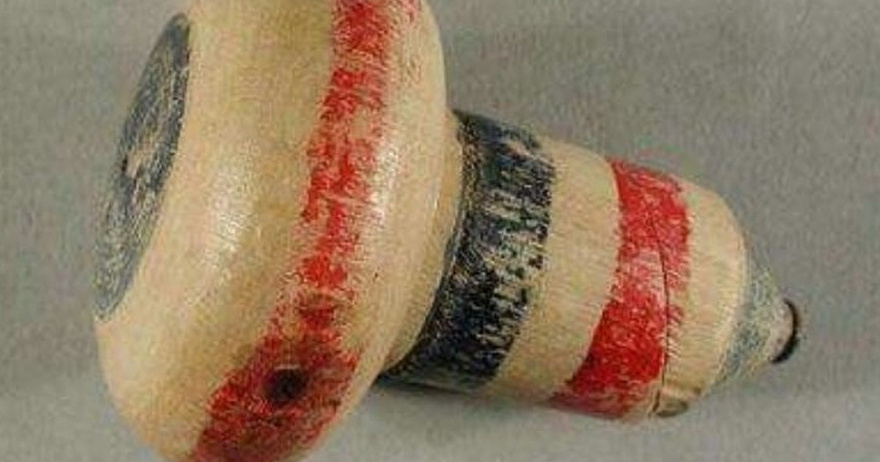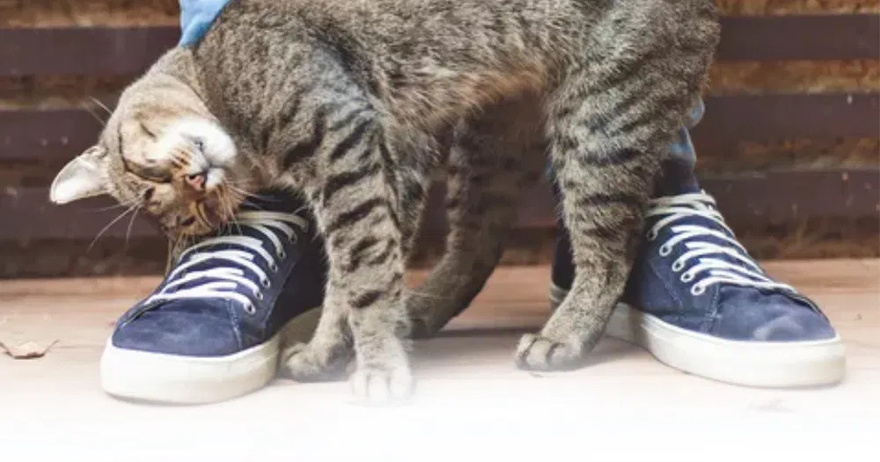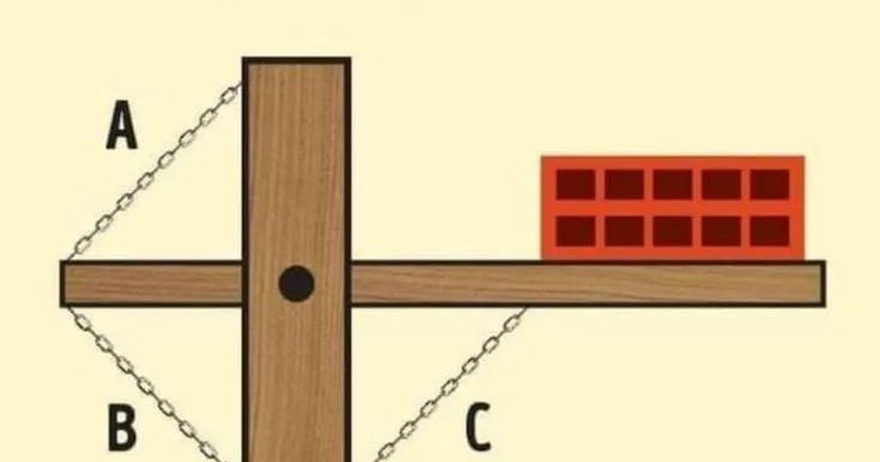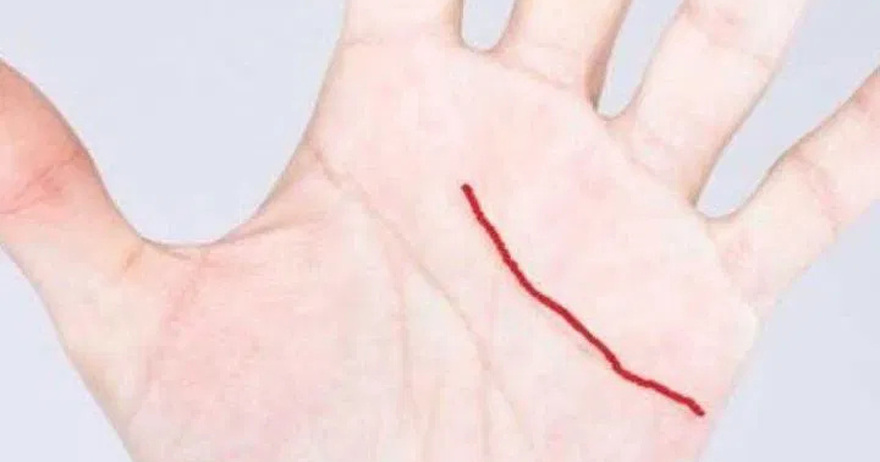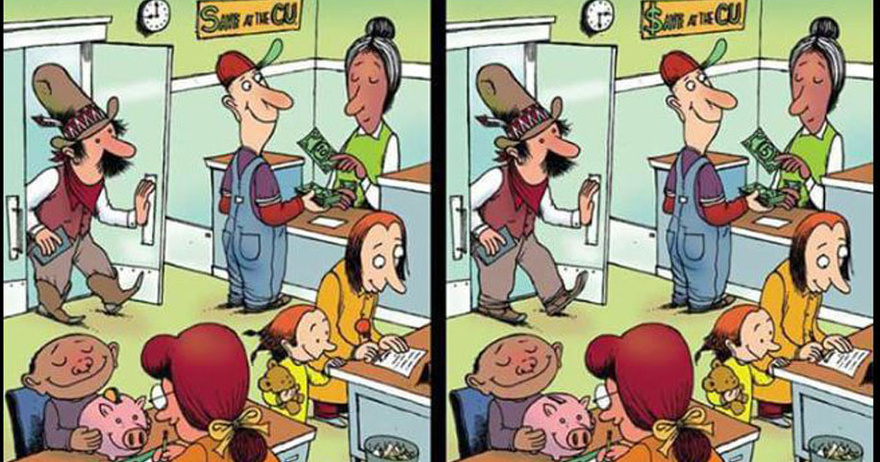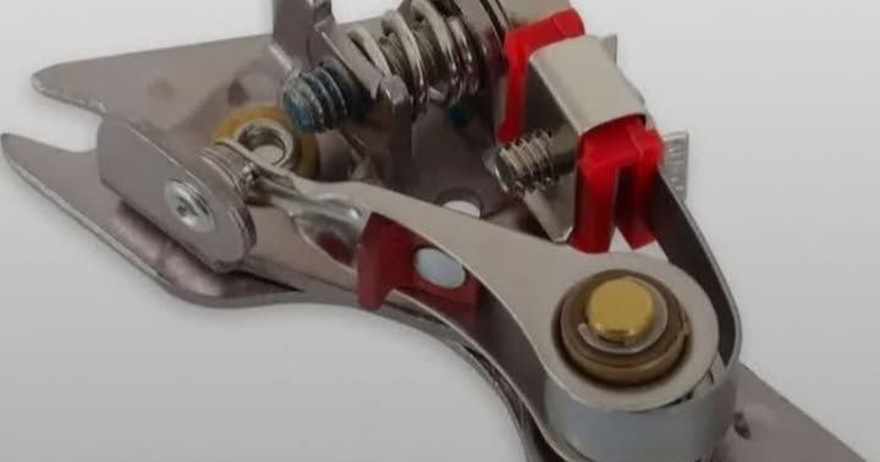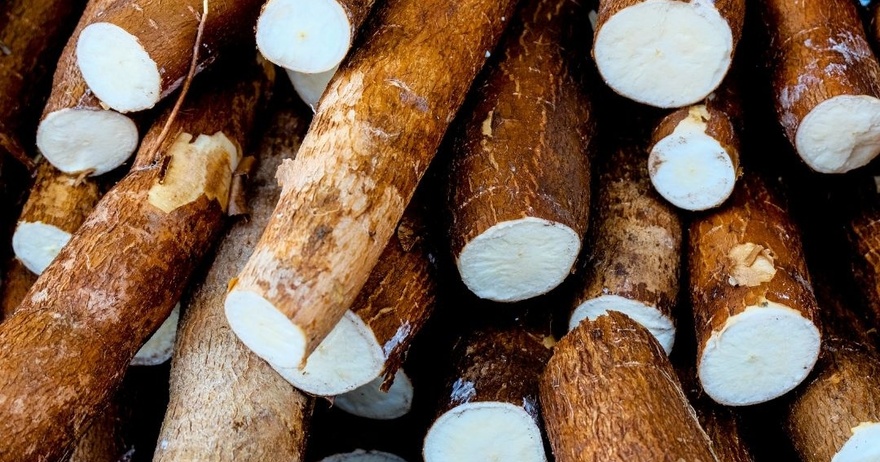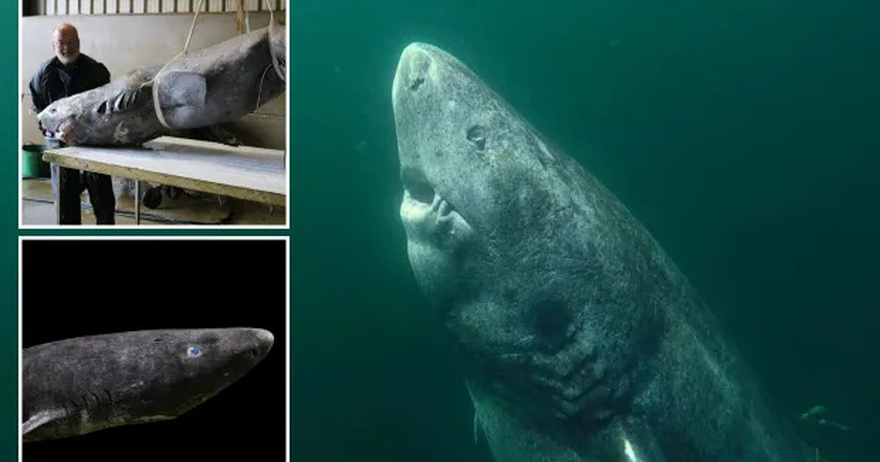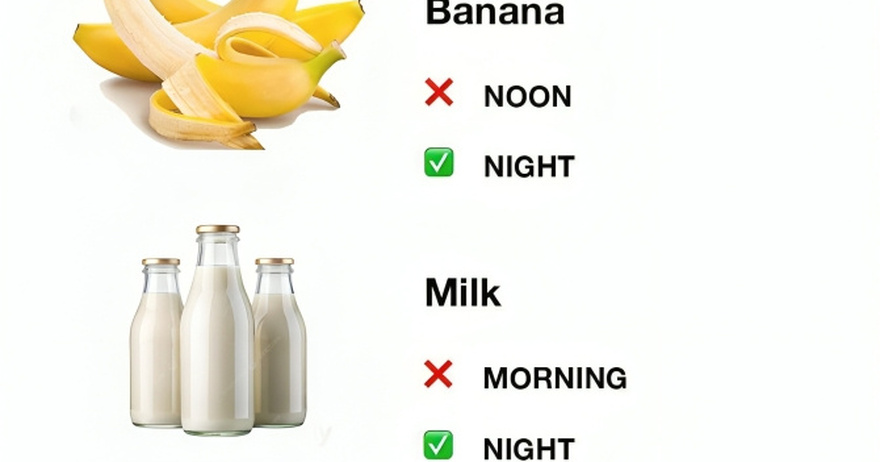In a world dominated by high-tech gadgets and instant entertainment, it’s hard to believe that one of the most cherished toys of the past was a simple, colorful spinning top. This modest plaything, often crafted from wood or metal and painted in vivid hues, was once a universal source of joy. For many, it wasn’t just a toy—it was a cherished symbol of childhood, representing a time when imagination ruled playtime.
The Fascinating History of the Vintage Spinning Top
The origins of the spinning top stretch back thousands of years. Archaeologists have discovered evidence of spinning tops in ancient Greek, Roman, and Japanese cultures, proving their longstanding appeal. Early tops were made from natural materials such as clay, wood, and even bone. Over time, as manufacturing processes advanced, spinning tops evolved into more durable and visually stunning designs.
During the 19th and early 20th centuries, the introduction of metal and plastic revolutionized toy production. Spinning tops became more colorful and complex, with designs that created mesmerizing patterns as they spun. In many cultures, the spinning top carried symbolic meanings—representing balance, endurance, and life’s cyclical nature.
Why the Vintage Spinning Top Was a Childhood Staple
Unlike modern electronic toys, the vintage spinning top required no batteries, no screens, and no complicated instructions. All it needed was a flick of the wrist, a pull of a string, or a gentle twist to bring it to life. Children found endless amusement in seeing whose top could spin the longest or stay the most stable.
The appeal of the spinning top was universal. It was inexpensive, making it accessible to children from all backgrounds. Whether played with alone or in a friendly competition with friends, it provided a unique sense of engagement. The tactile nature of the toy—the feel of its weight, the smoothness of its surface, and the anticipation of its movement—offered a sensory satisfaction that few modern toys can replicate.
Types of Vintage Spinning Tops
Over the years, various types of spinning tops emerged, each offering a slightly different experience:
1. Hand-Twist Tops
These were the simplest type, requiring only a quick twist between the fingers to set them spinning. Often made of wood, they were the first form of spinning tops to appear in different cultures.
2. Pull-String Tops
This type required a string wrapped around its body. When pulled sharply, the string would unravel, setting the top into a rapid, prolonged spin. This design was particularly popular in the early 20th century.
3. Metal Humming Tops
One of the most iconic variations, these tops produced a distinctive humming or buzzing sound when spun. The noise came from tiny holes or grooves in the metal, making the toy both visually and audibly entertaining.
4. Magnetic or Weighted Tops
Some vintage tops incorporated a weighted bottom or a magnetic tip, allowing for longer spins and even tricks. These were often used for more advanced top-spinning competitions.
The Spinning Top as a Social Toy
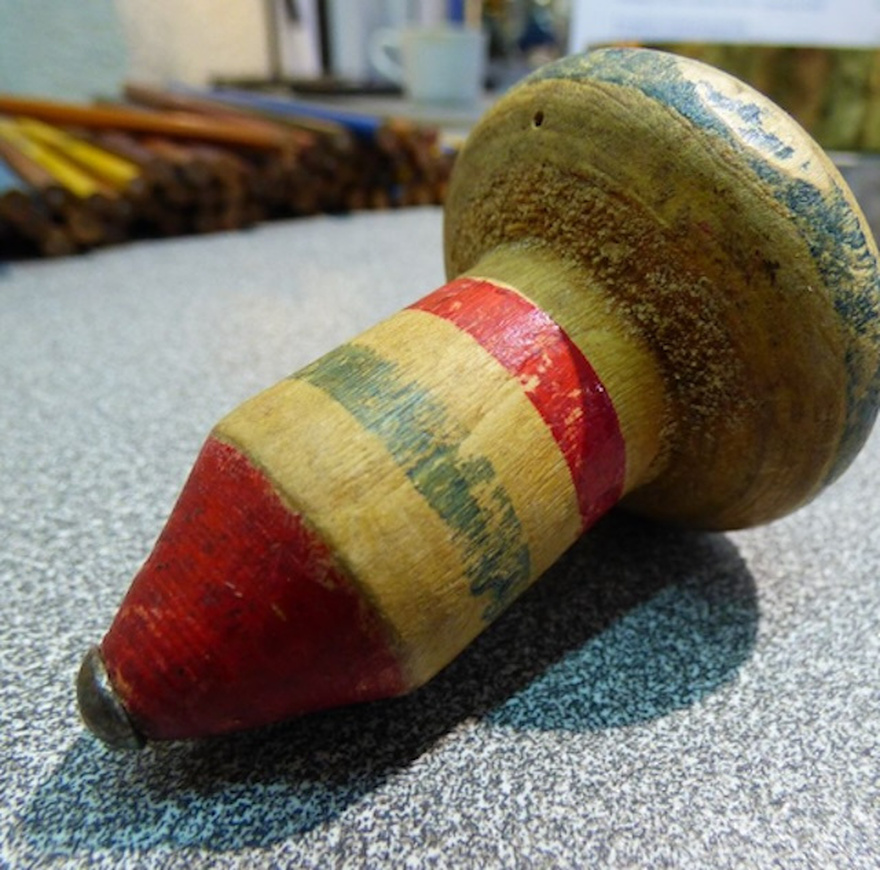
The spinning top was more than just a personal toy—it was a catalyst for social interaction. Children gathered in backyards, playgrounds, and schoolyards to compare tops, compete in spin-offs, and share their favorite designs. In some cultures, tops were gifted to children during special celebrations, reinforcing their role in childhood traditions.
What made the spinning top even more special was its ability to bridge generations. Parents and grandparents would teach younger children how to spin a top, passing down techniques refined through years of experience. The shared excitement of watching a top spin perfectly for seconds—or even minutes—created cherished memories that lasted a lifetime.
The Vintage Spinning Top in Popular Culture

The vintage spinning top has also made notable appearances in popular culture. Perhaps the most famous example in modern times is in the movie Inception, where the spinning top serves as a key symbol of reality and illusion. This reference reignited interest in the toy, especially among collectors seeking classic designs.
Beyond films, spinning tops have been mentioned in literature, folk songs, and poetry. Their movement has often been used as a metaphor for life’s unpredictability, reminding us that everything in motion will eventually come to a stop.
The Collectible Value of Vintage Spinning Tops

Today, vintage spinning tops have become prized collectibles. Enthusiasts seek them out not only for their nostalgic value but also for their craftsmanship and unique designs. Some rare or well-preserved tops can fetch significant prices in antique markets, particularly those made in the early 1900s by renowned toy manufacturers.
Collectors appreciate the intricate details—whether it’s the delicate hand-painted designs on wooden tops or the gleaming metallic surfaces of classic humming tops. Certain brands from Germany, Japan, and the United States are especially sought after due to their high-quality production and artistic craftsmanship.
How the Spinning Top Inspired Modern Toys

While the classic spinning top may not be as widespread today, its influence is evident in modern toys. Popular spinning toys like Beyblades and fidget spinners owe their existence to the same principles of motion and balance that made vintage tops so captivating. Although today’s versions come with added features such as customizable designs, speed enhancements, and digital tracking, they still tap into the simple joy of spinning.
Conclusion: A Timeless Classic That Lives On
The vintage spinning top is more than just a nostalgic toy—it’s a piece of history that represents the simplicity and creativity of childhood. For those who grew up with it, the top symbolizes a time when play was powered by imagination rather than technology. Even though modern toys have evolved, the legacy of the spinning top endures, reminding us of the timeless joy found in the simplest of things.
Holding a vintage spinning top today is like holding a piece of cultural history—a reminder of a bygone era when toys didn’t need screens to be magical. And who knows? Maybe, just maybe, a new generation will rediscover the charm of this humble yet fascinating toy and keep it spin.
